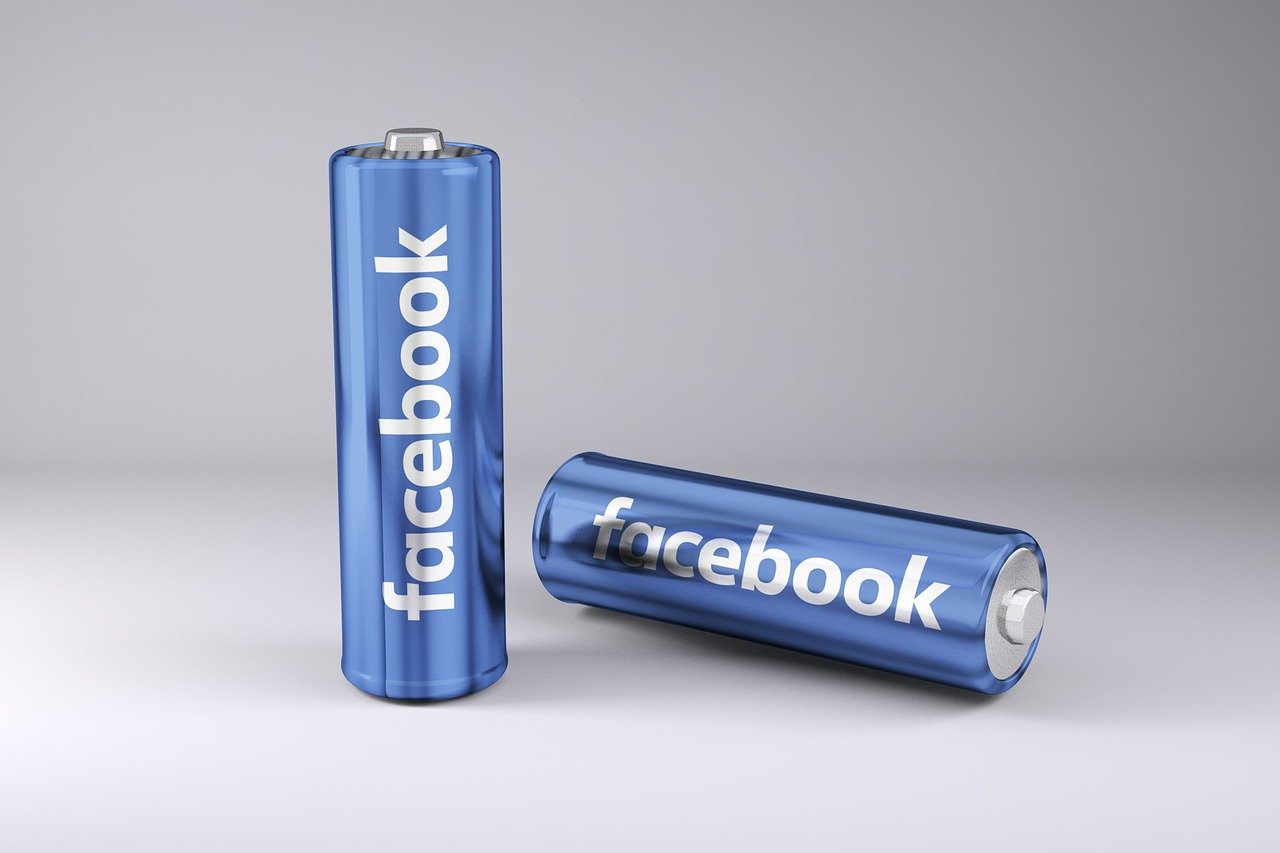In 2025, the landscape of marketing stands transformed by the pervasive influence of social media platforms—a shift that has reshaped how businesses communicate, engage, and build relationships with their customers. No longer confined to traditional advertising channels, companies now navigate a complex ecosystem where Facebook, Instagram, Twitter, TikTok, LinkedIn, Snapchat, Pinterest, Reddit, WhatsApp, and YouTube play pivotal roles. These platforms enable brands to connect with audiences in real-time, offering personalized experiences that foster trust and loyalty. This dynamic environment drives not only brand awareness but also measurable returns on investment, demanding data-driven strategies fueled by ongoing analytics.
For marketers, adapting to this evolution means understanding the nuances of each network, leveraging their unique strengths to tell compelling stories and harness user-generated content. The empowerment of influencers, the rise of short-form video content, and the ability to engage directly with diverse demographics have profoundly reshaped marketing paradigms. As businesses seize these opportunities, social media continues to challenge conventions and expand the boundaries of creative marketing in the digital era.
Direct Interaction with Audiences: The Cornerstone of Modern Social Media Marketing
One of the most impactful ways social media has influenced marketing is by enabling brands to cultivate direct, real-time communication with their audience. Gone are the days when marketing was a one-way street of broadcasting messages to passive consumers. Platforms like Facebook, Instagram, Twitter, WhatsApp, and Snapchat now act as interactive channels where businesses can address customer inquiries, handle complaints, and resonate on a personal level.
This instantaneous engagement creates authentic connections that build trust and brand loyalty. For example, a local coffee shop that responds to customer feedback on Instagram Stories or a global brand that hosts live Q&A sessions on TikTok can demonstrate responsiveness and transparency. Such interactions do more than just solve problems—they humanize brands, transforming them from faceless entities into approachable partners consumers can relate to.
To harness this power, marketing teams focus on strategic engagement landscaping:
- Real-time social listening to monitor mentions and sentiment across platforms, enabling prompt response.
- Live chats and interactive polls on platforms like Instagram and Facebook to foster active participation.
- Community-building initiatives using LinkedIn to connect B2B clients and build professional trust.
- Timely handling of customer grievances on Twitter to safeguard brand reputation and demonstrate accountability.
Correspondingly, companies utilize comments, direct messages, and stories to gather invaluable feedback. This ongoing conversation also extends beyond customer service—it informs product development, marketing campaigns, and brand storytelling. The ability to communicate directly with different audience segments ensures messages are personalized and relevant, which is critical in an era where customers expect bespoke experiences rather than generic advertising.
A well-known illustration of this approach is Nike’s use of Twitter to engage fans around product launches and cause-driven campaigns. This dialogue supports a meaningful brand community that drives word-of-mouth promotion organically. As highlighted by the insightful analyses found on The Marketing Stream, direct audience interaction has become indispensable for contemporary marketing success.

| Social Media Platform | Primary Interaction Method | Audience Engagement Example |
|---|---|---|
| Stories, direct messaging | Live Q&A sessions on product features | |
| Comments, tweets, polls | Customer complaint resolution and hashtag campaigns | |
| Groups, events, live videos | Community engagement and event promotions | |
| Posts, messages, articles | Professional networking and B2B trust-building | |
| TikTok | Videos, live streams | Brand storytelling through viral short videos |
Advanced Targeting and Data Analytics: Driving Precision in Social Media Campaigns
As social media channels have matured, their ability to deliver highly targeted advertising has become a game changer for marketers seeking to maximize their return on investment. Platforms such as Facebook, Pinterest, and Reddit offer sophisticated tools that allow campaigns to reach audiences defined by demographics, location, behavior, and even psychographic factors.
Marketing leaders in 2025 emphasize the importance of these capabilities, which ensure messages are delivered not just broadly, but precisely to the consumers most likely to convert. The utilization of artificial intelligence and machine learning further refines audience segmentation, providing dynamic adaptability to campaigns as data flows in.
The typical workflow for optimized campaign targeting includes:
- Setting clear campaign objectives aligned with business goals like brand awareness, conversions, or customer retention.
- Employing platform-specific targeting parameters such as interests on Instagram or job roles on LinkedIn.
- Real-time performance tracking to adjust bids and creative assets, improving efficiency.
- Data integration from multiple channels including YouTube viewership and WhatsApp engagement to build comprehensive customer profiles.
Moreover, analytic dashboards now aggregate data across various platforms, offering marketers unified insights. This improved measurement capability allows for rapid iteration and data-driven decision-making.
Consider a campaign by a cosmetics brand leveraging Pinterest and Instagram’s targeting tools to pinpoint users interested in vegan beauty products aged 25-40. Ads are tailored with different visuals and messaging based on geography and behavioral data like past engagement. The analytics reveal that video ads on Instagram Stories outperform static posts by 30%, prompting an increased investment in video content creation.
Brands tapping into this level of granular analytics enjoy advantages such as:
- Increased conversion rates driven by personalized outreach.
- Reduced ad spend wastage through continual optimization.
- Better understanding of customer journeys by mapping interactions across platforms like YouTube and Reddit.
For further exploration of targeting innovations, see the insights shared on Sprinklr’s blog and also detailed studies from CLRN.org.
Content Creation and Storytelling: Captivating Audiences Across Platforms
In the competitive arena of 2025, social media’s influence is not confined to advertising logistics but extends deeply into content creation and brand storytelling. Marketers craft narratives that showcase values, culture, and product benefits through varied media formats tailored to each platform’s strengths.
For instance, TikTok thrives on engaging short-form videos that spotlight fun, authentic moments. Meanwhile, LinkedIn favors insightful articles and posts centered on professional achievements and corporate social responsibility. Instagram, with its visual-first design, remains premier for showcasing product aesthetics and lifestyle branding.
The benefits of embracing diverse content types include:
- Enhanced brand personality by revealing behind-the-scenes, charity initiatives, or employee stories.
- Greater viewer engagement through interactive media like Instagram Stories polls or YouTube videos featuring tutorials.
- Broader reach from the potential virality of creative TikTok clips.
Brands also integrate user-generated content and influencer collaborations to further humanize their messaging. For example, a sports apparel company partnering with influencers on YouTube and Snapchat to showcase product use in authentic settings can amplify trust and aspirational appeal.
| Platform | Content Type | Example Use Case |
|---|---|---|
| Photos, Stories, Reels | Launching new collections with high-visual-impact posts and interactive story polls | |
| TikTok | Short videos, challenges | Viral dance trends showcasing brand products |
| Articles, posts | Highlighting corporate culture and sustainability efforts | |
| YouTube | Video tutorials, testimonials | Demonstrations of product features and customer success stories |
| Snapchat | Quick snaps, filters | Exclusive product previews for younger demographics |
Additionally, the importance of authenticity cannot be overstated. Consumers increasingly seek brands that align with their values and demonstrate honesty through transparent storytelling. This trend encourages marketers to shift from traditional polished advertisements to dynamic, real-time content that feels genuine and relatable.
Companies looking to dive deeper into storytelling strategies may find valuable perspectives on Robin Waite’s blog and Forbes’ recent coverage on The Power of Social Media in Modern Marketing.

Influencers and Viral Trends: A New Era in Marketing Dynamics
The rise of social media influencers between 2020 and 2025 has revolutionized how brands capture attention and shape consumer behavior. By 2025, influencer marketing has evolved into a sophisticated discipline combining authenticity, relatability, and viral potential. Influencers across platforms like Instagram, TikTok, and YouTube function as trusted voices whose endorsements carry significant weight.
This paradigm shift alters the marketing ecosystem in several key ways:
- Brand trust enhancement as influencers provide peer-like recommendations rather than corporate messaging.
- Increased engagement and reach by tapping into established communities and fan bases.
- Viral trend creation through challenges, hashtags, and collaborative content that capture widespread attention.
- Content co-creation offering brands fresh perspectives and creative assets generated by influencers.
For example, a skincare brand might collaborate with micro-influencers on Instagram and Reddit who demonstrate product efficacy in daily routines, thereby generating authentic content that resonates with followers. Brands can leverage TikTok’s algorithm to ignite challenges that inspire millions of users to participate, amplifying brand presence organically.
Moreover, influencers are often at the forefront of societal and cultural change, shaping beauty standards, lifestyle aspirations, and even career choices. This dual impact stresses the importance of selecting influencers whose values align with the brand, fostering long-term relationships rather than one-off endorsements.
Research into this phenomenon is thoroughly discussed at Media and Society.org, which outlines how this trend extends beyond marketing into broader societal influence.
Emerging Trends: The Future of Social Media Marketing in 2025 and Beyond
Looking ahead, social media marketing continues to evolve as innovation and user behavior shape new strategies and platforms. Several important trends are defining the future landscape:
- Short-form video dominance: Platforms like TikTok, Instagram Reels, and YouTube Shorts continue to capture attention, favoring brief, engaging content.
- Augmented reality (AR) experiences: Enhanced by Snapchat and Instagram filters, AR delivers immersive brand interactions that deepen user connection.
- Social commerce integration: Seamless shopping via WhatsApp, Instagram Shops, and Pinterest inspires frictionless purchase journeys.
- Privacy-centric marketing: With increasing data privacy regulations, marketers are pivoting towards transparent, permission-based advertising models.
- Cross-platform synergy: Integrated campaigns that synchronize messaging across Facebook, Twitter, YouTube, and LinkedIn ensure consistent brand presence.
Adaptation to these developments will require agility and creativity. Brands investing in cutting-edge content formats and customer-centric marketing will thrive. Importantly, fostering authentic connections using data responsibly will remain a cornerstone.
Additionally, marketers are increasingly viewing social media as a holistic channel impacting customer service, product innovation, and corporate reputation management, reflecting insights shared by Sprout Social.
| Trend | Description | Impact on Marketing Strategy |
|---|---|---|
| Short-form videos | Quick, impactful video clips for engagement | Increased content volume and consumer interaction |
| Augmented Reality (AR) | Interactive visual experiences within apps | Enhanced brand immersion and innovative campaigns |
| Social Commerce | Direct shopping through social media channels | Simplified customer purchase journeys, higher sales |
| Privacy-centric models | Focus on consumer data protection | Greater trust and transparent relationships |
| Cross-platform synergy | Integrated campaigns across multiple networks | Consistent messaging and amplified brand voice |
Testez vos connaissances en marketing sur les réseaux sociaux
Frequently Asked Questions on Social Media’s Role in Marketing
How does social media enhance brand loyalty?
By enabling personal interaction, timely response to feedback, and community building on networks like Facebook and Instagram, social media fosters trust that cultivates loyal customers.
Which platforms offer the most effective targeting tools?
Facebook, Instagram, Pinterest, and LinkedIn provide the most granular audience targeting capabilities, powered by extensive user data and AI algorithms.
What type of content performs best in 2025?
Short-form videos on TikTok, Instagram Reels, and YouTube Shorts dominate due to their engaging and easily consumable nature.
How important are influencers in modern marketing?
Influencers remain critical for authentic content creation and viral trend generation, significantly amplifying brand reach and engagement.
What emerging trend should marketers watch closely?
Augmented reality experiences and social commerce integration are rapidly evolving, offering new avenues for immersive and seamless customer journeys.


